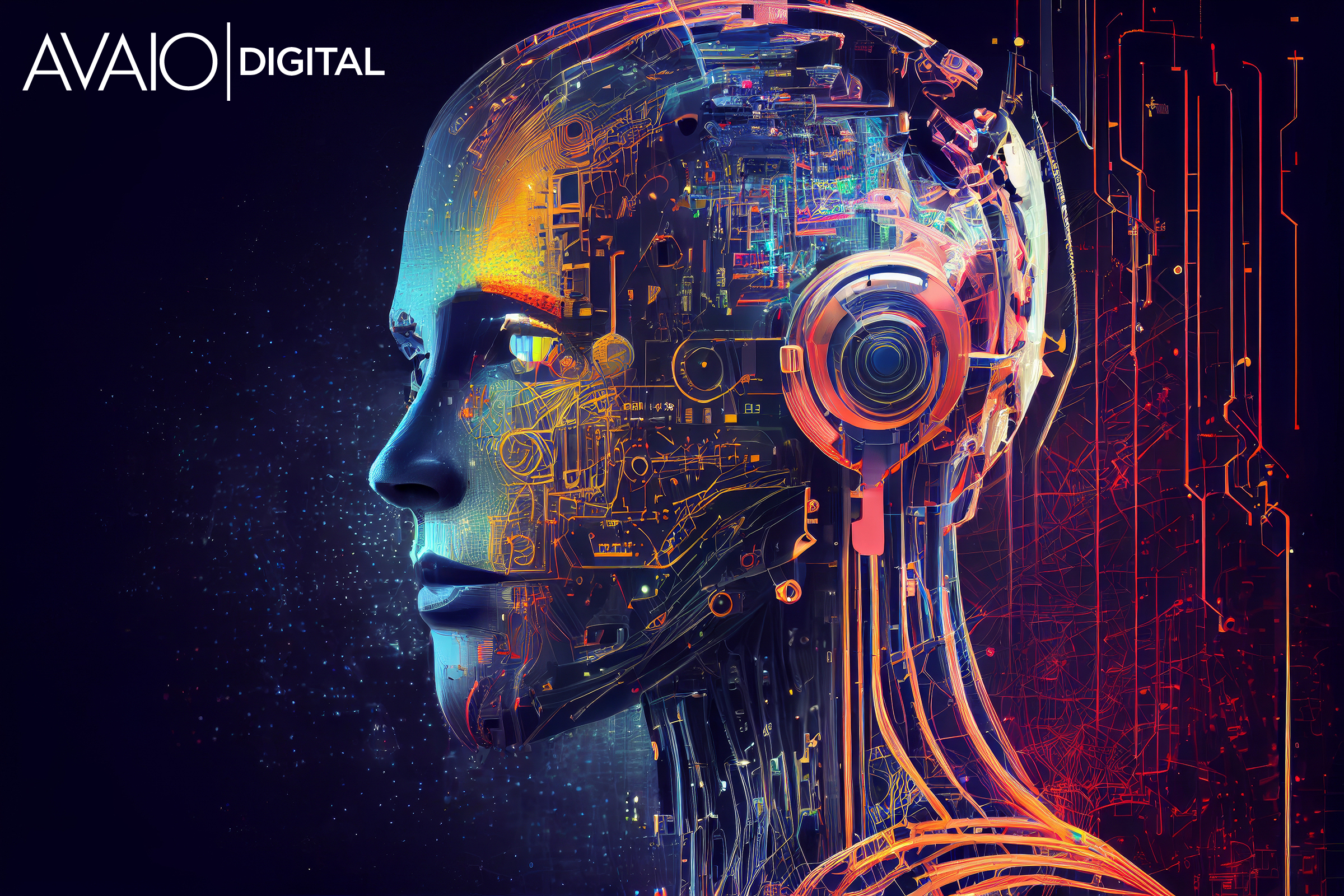
The New Frontier of Digital
The artificial intelligence race has triggered a transformative inflection point in many sectors and has led to an outright collision between the fast-paced technology sectors and the highly regulated, slower moving power sector.
The forecast electricity demand growth coming from Cloud and AI data centers is faster than the world has seen from any sector, ever, period. According to recent research from Texas A&M and Harvard, global data centers consumed roughly 415 TWh in 2024 and are projected to reach 945 TWh by 2030, with AI workloads as the primary driver.
This growth is not abstract. It is reshaping local and national power grids, testing planning horizons, and compelling a new class of infrastructure developer to integrate computing and energy design from the ground up. At AVAIO, we believe this convergence defines the next decade of investment and innovation.
From Load to Flexibility: A Paradigm Shift
Historically, data centers have been treated as fixed loads,-predictable, stable, and unresponsive. But the latest research challenges that premise. In “Providing Load Flexibility by Reshaping Power Profiles of Large Language Model Workloads”, Wang and colleagues demonstrate that AI clusters can, in fact, serve as flexible grid participants, capable of modulating demand without degrading performance.
Their study introduces the concept ofenergy-performance decoupling, showing that GPU clusters running LLM fine-tuning workloads can consume less power (up to 6.8% less energy and 11.3% lower costs) simply by redistributing GPU frequency and workload allocation. In practice, this means AI data centers could dynamically align their compute intensity with renewable generation curves, absorbing surplus solar in the afternoon, scaling back during peak grid stress, and maintaining compute performance throughout.
This reframing of data centers as load-flexible assets opens profound possibilities. It suggests a future where the boundary between “generator” and “consumer” blurs and where digital infrastructure actively supports grid stability rather than stressing it.
The Emerging AI Power Profile
To understand why this matters, consider the unique electricity profile of AI workloads:
- High Power Density: AI racks now regularly exceed 100 kW per rack, an order of magnitude above traditional data centers.
- Rapid Variability: GPU clusters can fluctuate by hundreds of megawatts within seconds, challenging conventional balancing mechanisms.
- Geographic Concentration: Roughly 80% of U.S. data center load is concentrated in just fifteen states, led by Virginia, Texas, and California, intensifying regional grid stress.
The implications are clear: AI data centers are not just large; they are dynamic, and this dynamism can either destabilize or strengthen the grid depending on design choices.
AVAIO’s View: Building Adaptive Energy Infrastructure
At AVAIO Digital, we are developing data-center campuses designed for exactly this future—facilities that combine hyperscale compute, advanced energy storage, and on-site generation into a single, adaptive platform.
We view our projects not as passive consumers but asinteractive grid nodescapable of:
- Participating in demand response programs through controllable GPU scheduling,
- Synchronizing AI workloads with energy availability, and
- Hosting battery-integrated backup systems that enhance local grid resilience.
This vision aligns with what both research communities and policymakers are calling for: a grid-aware digital ecosystem.
Policy, Partnership, and Path Forward
Public agencies are beginning to recognize the urgency. Recent reports highlight the need for co-planning between utilities, regulators, and AI infrastructure developers. Projects like Amazon’s 960 MW nuclear-sourced facility in Pennsylvania and Google’s partnership to deploy small modular reactors signal a new model of collaboration between energy producers and data operators. NVIDIA’s Aurora data center demonstrates the potential for flexible power designs.
But research such as Wang et al. (2025) pushes us further toward an operational intelligence inside the data center itself, where load flexibility is algorithmic, automated, and symbiotic with the grid.
The Decade Ahead
We are standing at a convergence point where AI, energy, and infrastructure are no longer separate sectors—they are a single, interdependent ecosystem. The question is not whether data centers will continue to expand; it is how intelligently we will build them.
At AVAIO, we believe the answer lies in design integration—embedding energy flexibility, diverse power sources, and performance optimization capabilities into the foundation of every facility. This approach is not just sustainable; it’s strategic. It ensures that the infrastructure needed to scale AI is as flexible as the technology it supports.
Continue the Conversation
Join us for our upcoming webinar, “Breaking Through the Cloud: Demystifying Data Center Opportunities & Risks” on November 18th at 2:00PM ET by registering at https://avaiodigital.com/webinar
References:
